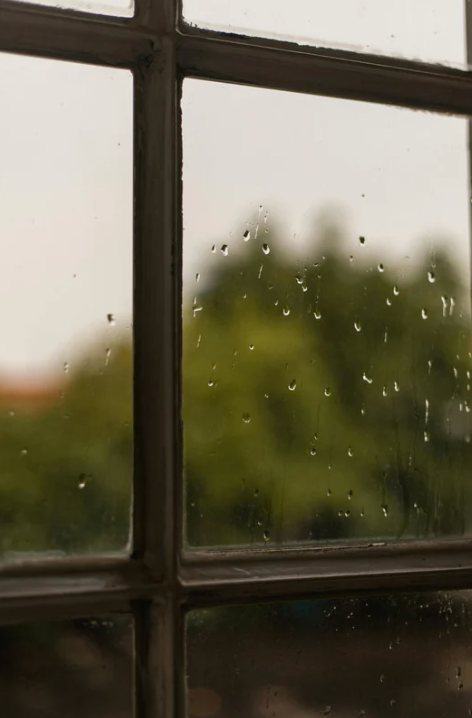The Ins and Outs of a Backflow Compliance Inspection
- Jenifer Fulton

- Feb 2
- 2 min read
Did you know that a single malfunctioning backflow device can compromise an entire water supply, impacting the health of our communities at large? While backflow prevention devices can prevent harmful, health-compromising backflow from entering the water supply, they must undergo regular maintenance and inspections to maintain public safety.
A backflow compliance inspection is not only required by law but essential for identifying and fixing any issues that could lead to safety and legal complications. The process includes pressure testing, valve checks, and other essential check-ins to ensure everything functions properly.
Read on to learn more about backflow compliance inspections and how they can protect you and your community.
—------
The Importance of Backflow Compliance
A fundamental public safety concern, backflow prevention is not an option but a requirement, helping you avoid the health risks of contamination and the legal repercussions of not complying with annual testing requirements. Failure to comply with backflow prevention system regulations can lead to water supply contamination and an increased risk of waterborne illnesses. When water is contaminated, you and your entire community can face devastating health and safety impacts. For example, a Texas backflow contamination in 2016, in which a large asphalt producer contaminated the water supply with a corrosive chemical, led to a four-day water shutdown in an attempt to avoid burns to eyes, skin, and respiratory systems.
Beyond these public safety issues, failure to comply can also result in financial implications, leading to significant fines or infrastructural issues needing costly repairs.
The Step-by-Step Inspection Process
Though the inspection process is simple, it is thorough enough to identify any potential hazards. Before the inspection, you should check for visible issues, review previous records, and ensure the device is accessible.
During onsite testing, your certified professional will inspect the device for any damage, test the water pressure, verify valve operation, and use a testing device to make sure the device is functioning correctly. Following the inspection, you will receive a detailed report, and if your backflow prevention device is in good condition, a certification proving your compliance. Otherwise, your inspector will provide you with notes on repairs to make moving forward.
Post-Inspection Actions
Directly after your inspection, you should take time to read through the notes, understand your compliance status, and create a plan of action for moving forward with repairs or regular maintenance. If your system requires repairs or upgrades, you should promptly address these issues by working with a professional. Regardless of the compliance status of your device, it helps to devise a long-term plan for inspections and maintenance, considering when to schedule your next inspection and how to stay informed on regulatory changes.
Backflow prevention testing is essential to your health, safety, financial security, and community. By installing a backflow prevention device, exercising regular maintenance, and complying with annual testing requirements, you can limit the risk of backflow contamination: a serious threat to public safety, leading to illness and significant fines. When it comes to backflow prevention, proactive maintenance isn’t just a requirement—it’s a commitment to your community’s health and safety.
Take action to protect yourself and your community NOW by scheduling an inspection or repair service with San Diego Backflow.




Comments